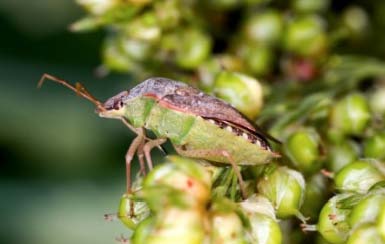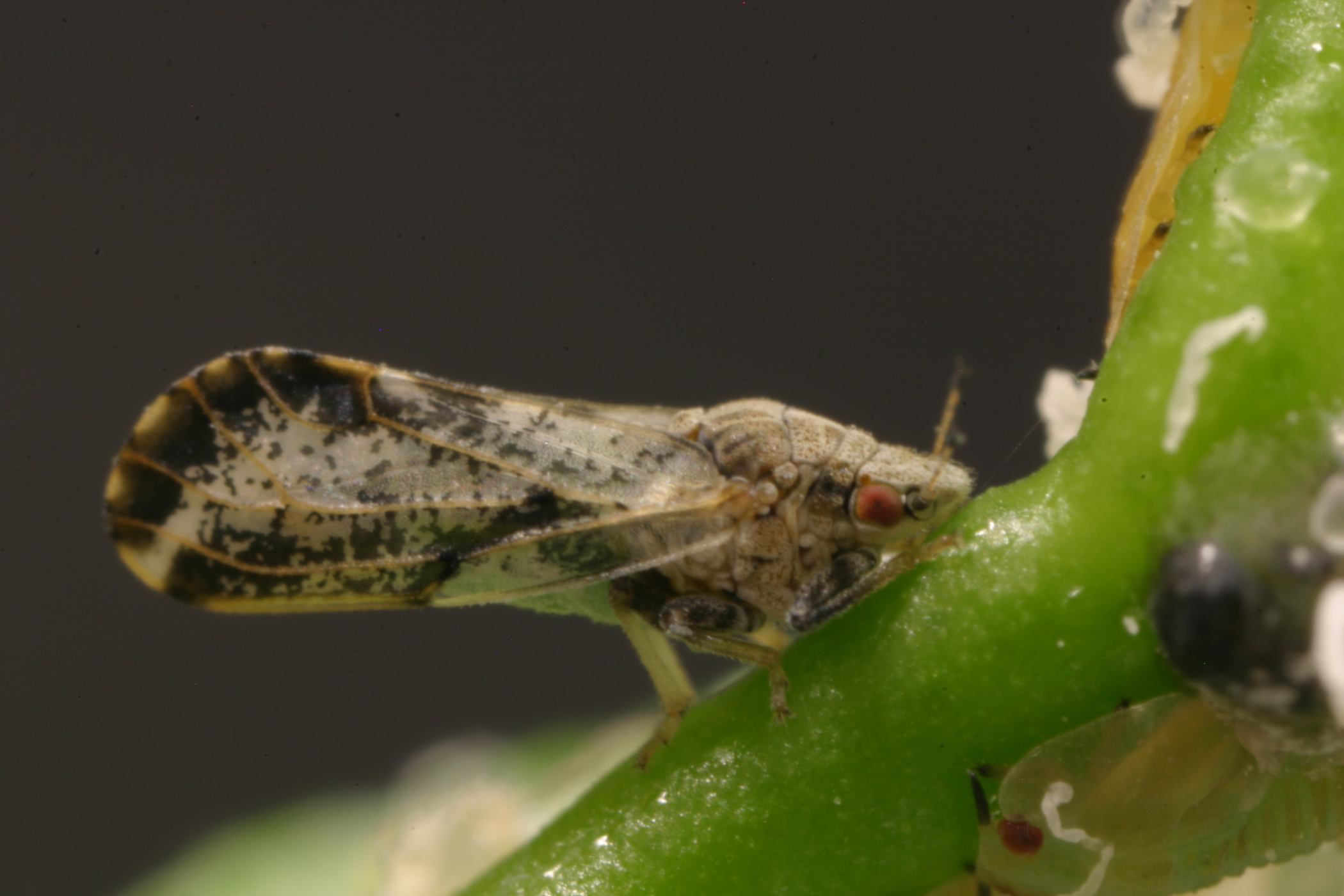CULTIVATING COMMON GROUND: Water Use Efficiency Grants
Water Use Efficiency Grants: Beneficial or Double Jeopardy for California Farming? Or both?
By Patrick Cavanaugh, Farm News Director
Through a competitive joint pilot grant program, the Agricultural Water Use Efficiency and State Water Efficiency and Enhancement Program, the California Department of Water Resources (DWR) and the California Department of Food and Agriculture (CDFA) jointly intend to demonstrate the potential multiple benefits of conveyance enhancements combined with on-farm agricultural water use efficiency improvements and greenhouse gas reductions.
The grant funding provided in this joint program is intended to address multiple goals including:
- Water use efficiency, conservation and reduction
- Greenhouse Gas Emissions Reduction
- Groundwater Protection, and
- Sustainability of agricultural operations and food production

Agricultural Water Use Efficiency & State Water Efficiency and Enhancement Program – DWR/CDFA Joint RFP Public Workshops
Are these competitive grants promoted by DWR and CDFA providing financial support for further compliance or insulting to farmers who have already met and exceeded these stockpiling regulations? Or both?
I would like to address each goal, one by one.
Water Use Efficiency
I challenge DWR and CDFA to find one California farmer who is using water inefficiently or without regard to conservation. Grant or no grant, many farmers in the state have lost most of their contracted surface water deliveries due to the Endangered Species Act, which serves to save endangered species, an important goal we all share, but does so at any cost.
In addition, DWR is now threatening to take 40 percent of the surface water from the Tuolumne River and other tributaries of the San Joaquin River from February 1 to June 30, every year, to increase flows to the Delta to help save the declining smelt and salmon. This will severely curtail water deliveries to the Modesto Irrigation District (MID) and Turlock Irrigation District (TID)—population centers as well as critical farm areas.
 This proposal, which disregards legal landowner water rights and human need, would force MID and TID to dedicate 40 percent of surface water flows during the defined time period every year, with no regulatory sunset, for beneficial fish and wildlife uses and salinity control. The proposal disregards other scientifically acknowledged stressors such as predatory nonnative non-native striped bass and largemouth bass, partially treated sewage from Delta cities, and, according to the Bay Delta Fish & Wildlife Office of the U.S. Fish & Wildlife Service Pacific Southwest Region, invasive organisms, exotic species of zooplankton and a voracious plankton-eating clam in the Delta from foreign ships that historically dumped their ballast in San Francisco waters.
This proposal, which disregards legal landowner water rights and human need, would force MID and TID to dedicate 40 percent of surface water flows during the defined time period every year, with no regulatory sunset, for beneficial fish and wildlife uses and salinity control. The proposal disregards other scientifically acknowledged stressors such as predatory nonnative non-native striped bass and largemouth bass, partially treated sewage from Delta cities, and, according to the Bay Delta Fish & Wildlife Office of the U.S. Fish & Wildlife Service Pacific Southwest Region, invasive organisms, exotic species of zooplankton and a voracious plankton-eating clam in the Delta from foreign ships that historically dumped their ballast in San Francisco waters.
While many farmers have fallowed their farmland, other farmers across the state have resorted to reliance on groundwater to keep their permanent crops (trees and vines) alive. The new DWR proposal to divert 40 percent of MID and TID surface water will force hundreds of growers in this region—the only groundwater basin in the Valley that is not yet critically overdrafted—to use more groundwater.
In a joint statement, MID and TID said, “Our community has never faced a threat of this proportion. MID and TID have continued to fight for the water resource that was entrusted to us 129 years ago.”
The deadline for submitting public comments is September 30, 2016.
Greenhouse Gas Reduction
Have regulators forgotten Assembly Bill (AB) 32, the Global Warming Solutions Act of 2006, that requires the state to reduce its greenhouse gas emissions by 25 percent (back to 1990 levels) by 2050? Ag is already accommodating this regulation.

U.S. Greenhouse Gas Emissions (Source: EPA)
Now Governor Brown has signed SB-1383, “Short-lived climate pollutants: methane emissions: dairy and livestock: organic waste: landfills” into law that mandates a 25 percent reduction in methane emissions from cow burps, flatulence and manure from all dairy cows and other cattle to achieve the 1990 statewide greenhouse gas emissions level by 2020.
Now CDFA and DWR are asking for grant requests to reduce greenhouse emissions even further. Really?
The deadline for submitting public comments is September 30, 2016.
Groundwater Protection
Ironically, farmers want to reduce their groundwater needs because groundwater has always functioned in the state as a water savings bank for emergency use during droughts and not as a primary source of irrigation. But massive non-drought related federal and state surface water cutbacks have forced farmers to use more groundwater.
Golden State farmers are doing everything possible not to further elevate nitrates in their groundwater. Some nitrate findings left by farmers from generations ago are difficult to clean up.
But the DWR and CFA grant wants California agriculture to do more!
The deadline for submitting public comments is September 30, 2016.
Sustainability of Agricultural Operations and Food Production
Virtually, no one is more sustainable than a multi-generational farmer. Each year, family farmers improve their land in order to produce robust crops, maintain their livelihoods, enrich the soil for the long term, and fortify the health and safety of their agricultural legacy for future generations.
California farmers will continue to do all they can to improve irrigation methods and track their crop protection product use.
And so, I ask again, is this beneficial or double jeopardy for California farming? Or both?



























 The recently proposed changes to the
The recently proposed changes to the 







